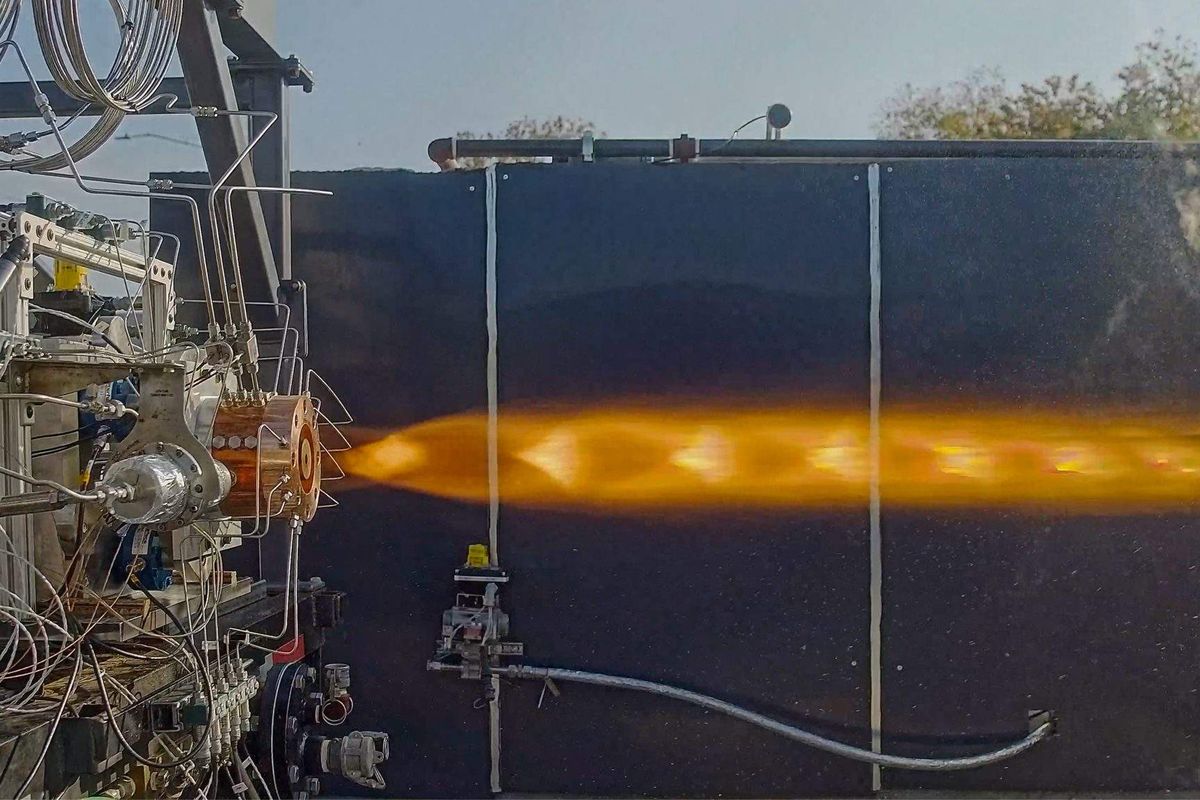Greentown announces startup accelerator with multinational manufacturer
go make
A climatetech incubator with locations in Houston and Somerville, Massachusetts, has announced an accelerator program with a corporate partner.
Greentown Labs and Saint-Gobain, a multinational manufacturer and distributor of high-performance materials, have opened applications for Greentown Go Build 2023. The program intends to support and accelerate startup-corporate partnerships to advance climatetech, specifically focused on circularity and decarbonizing the built environment per a news release from Greentown.
It's the third Greentown Go Build program the incubator has hosted. Applications, which are open online, are due by August 31.
“The Greentown Go Build program is an opportunity for innovative startups to share how they are disrupting the construction market with innovative and sustainable solutions that address the need for circularity and sustainability and that align with our mission of making the world a better home,” says Minas Apelian, vice president of external and internal venturing at Saint-Gobain. “Through this program, we are eager to identify companies dedicated to reducing our reliance on raw materials and associated supply chain risk to ensure circular solutions result in profitable, sustainable growth for business and sustainable construction solutions for our industries.”
For the six months of the program, the startups selected for the program will have access to mentorship, networking opportunities, and workshops. Program benefits for the participating startups, according to Greentown, include:
- Access to a structured platform to engage leadership from Saint-Gobain and explore potential partnerships
- A $25,000 stipend per startup
- Access to Greentown's community of mentors, partners, and community of climatetech startup experts
- Access to Saint-Gobain network
- Desk space and membership within Greentown for the duration of the program
“We are thrilled to be building on our successful track record of Greentown Go programs with Saint-Gobain and look forward to driving decarbonization of the sector through startup-corporate partnerships,” says Kevin T. Taylor, CFO and interim CEO at Greentown Labs. “Saint-Gobain has been an exemplary partner for our Greentown Go programs and for Greentown more broadly—working collaboratively with our startups and deploying many of their technologies. We are eager to meet the world-class building tech startups that apply for the program.”
- Greentown Labs launches student-driven entrepreneurship program in Texas ›
- Climatetech incubator announces C-suite promotion, Houston jobs, and nonprofit transition ›
- Greentown Houston announces co-located accelerator for energy innovators of color ›
- EDA grants Greentown Houston funding to support entrepreneurs - InnovationMap ›





 2025 Houston Innovation Awards winners revealed at annual eventThe 2025 Houston Innovation Awards winners have been revealed. Courtesy photo
2025 Houston Innovation Awards winners revealed at annual eventThe 2025 Houston Innovation Awards winners have been revealed. Courtesy photo